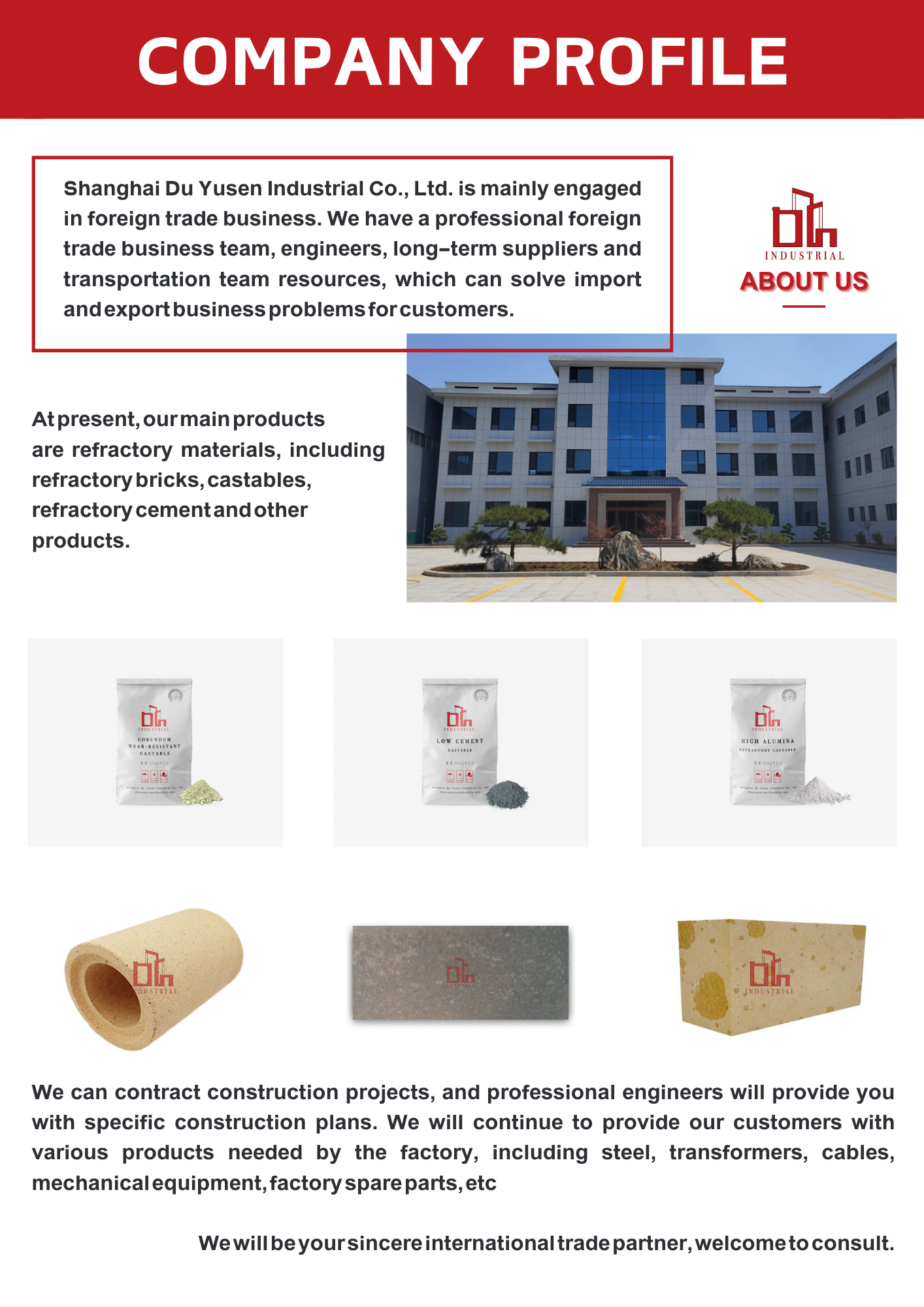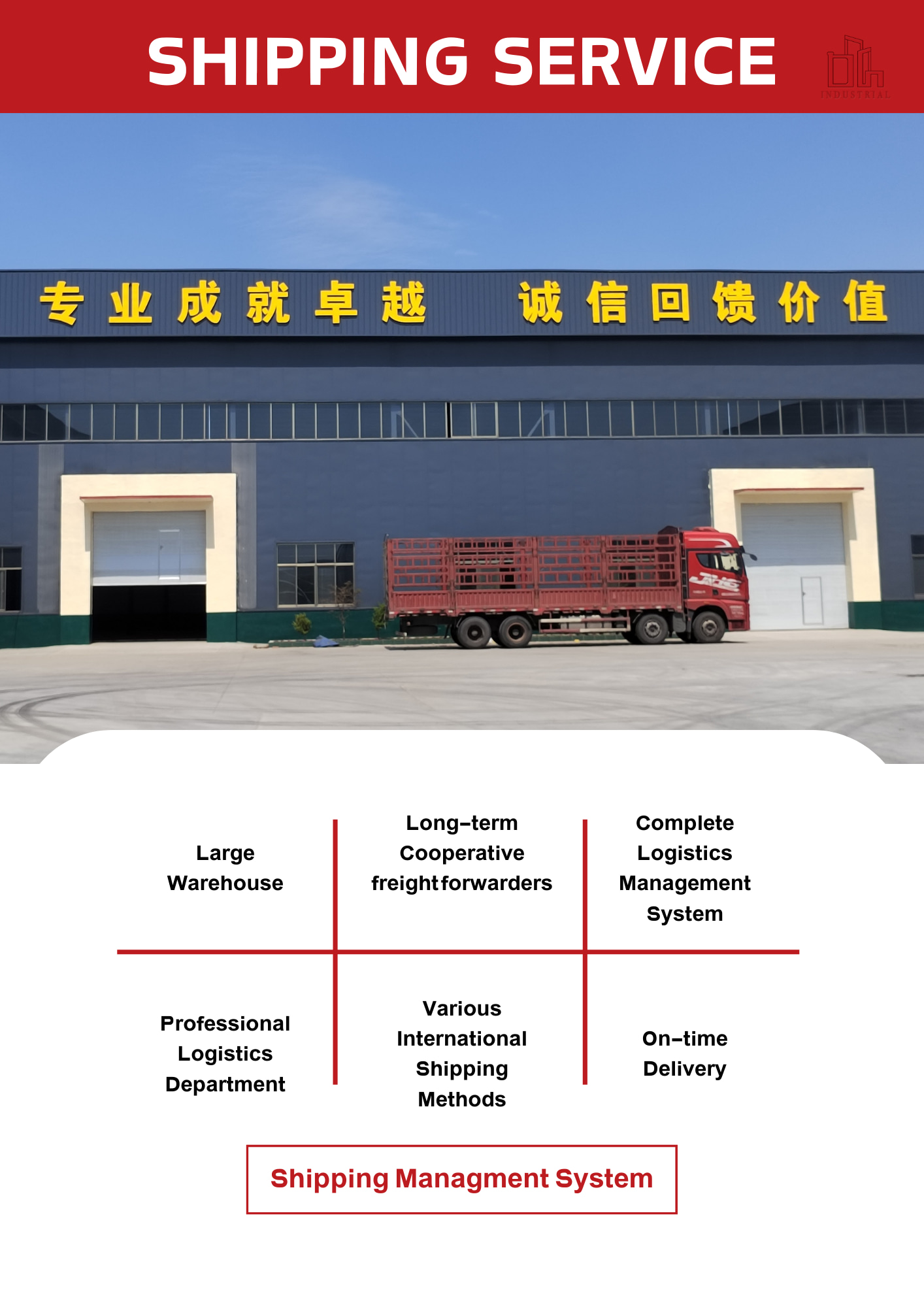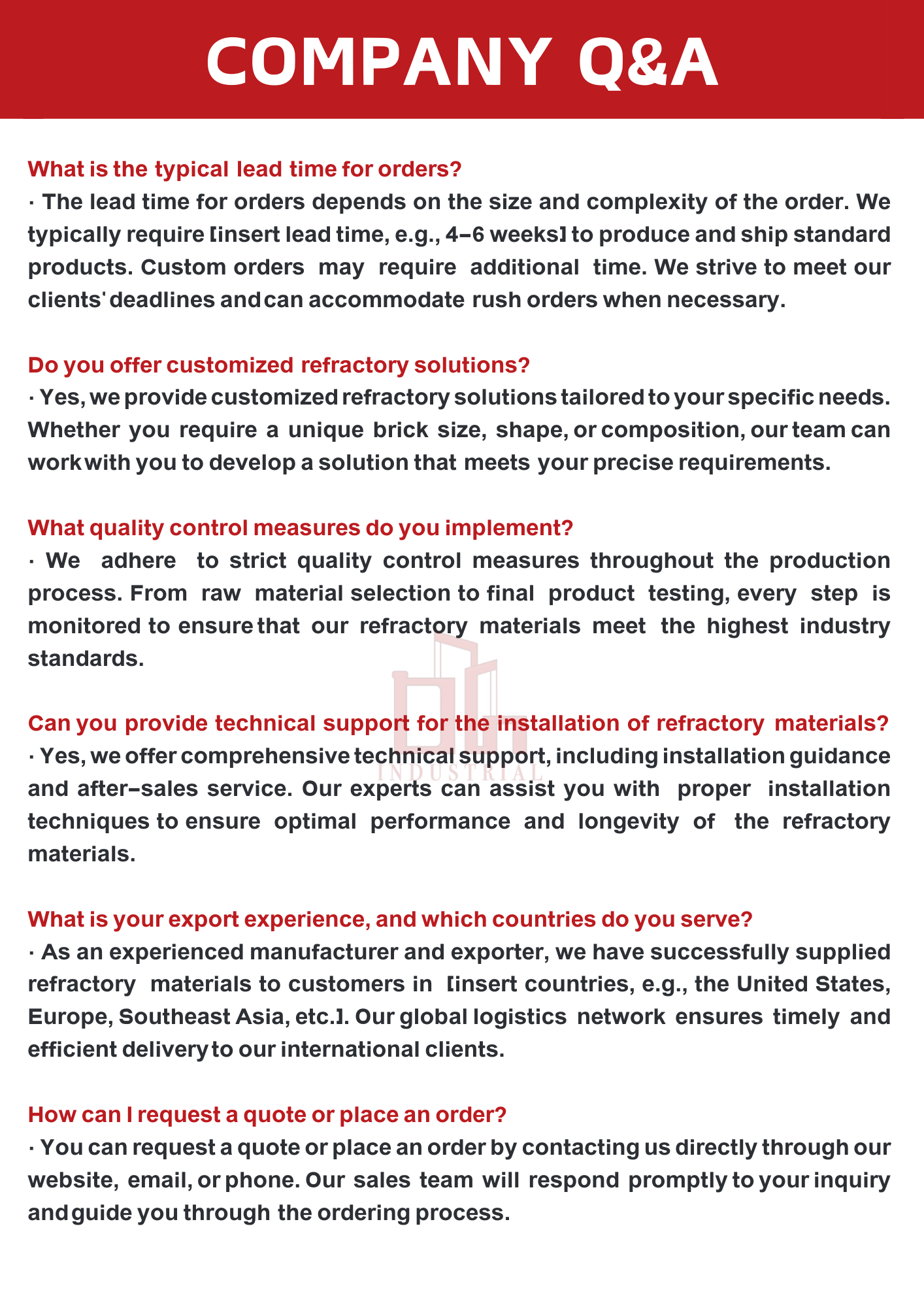Ceramic fiber paper is a lightweight refractory material made from high-purity ceramic fibers. It has a paper-like texture and is composed of randomly oriented ceramic fibers bound together with organic or inorganic binders. The organic binders typically burn off at elevated temperatures, leaving behind a pure ceramic fiber structure.
Payment :
In AdvanceProduct Origin :
ChinaShipping Port :
Shanghai PortLead Time :
15 Working daysCeramic fiber paper offers excellent thermal insulation, high-temperature stability, and resistance to thermal shock.
Key features and benefits:
Thermal insulation: Ceramic fiber paper has low thermal conductivity, which allows it to effectively reduce heat transfer. It acts as a barrier, helping to maintain temperature stability and improve energy efficiency in various high-temperature applications.
Flexibility and conformability: Ceramic fiber paper is flexible and can be easily cut, folded, and wrapped around complex shapes and contours. This makes it suitable for applications that require insulation in irregular or hard-to-reach areas.
High-temperature stability: Ceramic fiber paper can withstand high temperatures without melting or deforming. It can typically handle temperatures up to 2300°F (1260°C) or even higher, depending on the specific product.
Resistance to thermal shock: Ceramic fiber paper has good resistance to thermal shock, allowing it to withstand rapid temperature changes without cracking or breaking. This makes it suitable for applications where thermal cycling occurs, such as in combustion chambers or furnace linings.
Chemical stability: Ceramic fiber paper is chemically stable and is resistant to most acids, alkalis, and organic solvents. It does not react with these substances, which helps maintain its integrity and insulation properties in corrosive environments.
Electrical insulation: Ceramic fiber paper has excellent electrical insulation properties. It is a non-conductive material, making it useful for applications that require electrical insulation at high temperatures.
Ceramic fiber paper finds applications in various industries, including heat treatment, aerospace, power generation, and furnace and kiln insulation. It is commonly used for gasketing, seals, expansion joints, insulation of heating elements, appliance insulation, and as a back-up lining for refractory bricks.
It's worth noting that like other ceramic fiber products, handling ceramic fiber paper can generate airborne fibers. To minimize exposure, it is important to follow appropriate safety precautions, such as wearing protective clothing, gloves, and masks, and working in well-ventilated areas.
Product parameters:
| Type | KRp1 | KRp2 | USA Lydall | Germany RATH |
| Service Temperature, ℃ | 600~1200 | 1000 | 1000, 1400 | 1000, 1400 |
| B.D, kg/m3 | 180~220 | 180~220 | 96~144 | 96~144 |
| Organic Content, % | 4~8 | 6~8 | 8 | 8.5 |
| Thickness, mm | 0.5~6 | 1~2 | 0.8~6.4 | 0.8~6.4 |
| Max. Width, mm | 1220 | 1220 | 1830 | 1220 |



Tags :